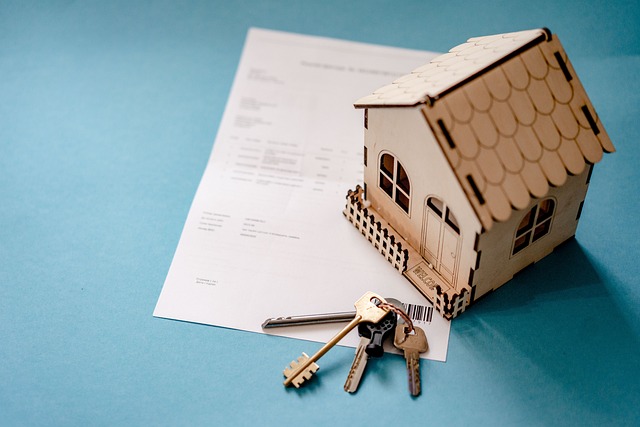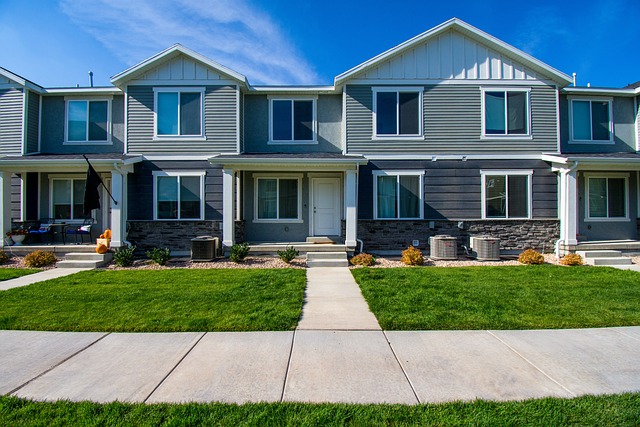The cost of an Executive Condominium (EC) in Singapore is influenced by a multitude of factors including location, development age, size and layout, design features, and proximity to essential amenities. ECs serve as a middle ground between public and private housing, with the Housing & Development Board regulating their size to be larger than public flats but smaller than typical private condominiums. Potential buyers should consider their specific space needs and financial situation, as unit sizes range from 2-bedroom to 5-bedroom configurations, each designed to cater to different family dynamics. The market value of an EC is affected by its location, with high-demand areas and newer projects with modern amenities being more expensive. Larger units with additional bedrooms and en-suite bathrooms, as well as those with desirable orientations, typically cost more. The integration of sophisticated design, quality finishes, and smart home technology can also significantly increase an EC's value. To make a sound investment in the competitive Singaporean property market, it's crucial for buyers to understand how these factors interact to determine the EC's cost, with careful consideration of both immediate and future valuation trends.
navigating the real estate landscape in Singapore, one encounters a diverse array of housing options. Among these, Executive Condominiums (ECs) present an attractive choice for homebuyers due to their blend of public and private housing benefits. This article delves into the intricacies of EC floor plans and unit sizes, shedding light on how these factors contribute to the Cost Of Executive Condo In Singapore. Understanding these aspects is crucial for prospective residents as it directly affects living comfort and investment potential. We will explore the various elements that influence the cost of an EC, enabling readers to make informed decisions in their property acquisition journey.
- Understanding Executive Condominium (EC) Floor Plans and Unit Sizes in Singapore
- Factors Influencing the Cost of an Executive Condo in Singapore
Understanding Executive Condominium (EC) Floor Plans and Unit Sizes in Singapore

When considering a home purchase in Singapore, understanding the nuances of Executive Condominium (EC) floor plans and unit sizes is crucial for potential buyers. ECs in Singapore offer a unique hybrid between public and private housing, catering to both first-time homeowners and upgraders. These units are designed with various layouts to suit different family needs, ranging from compact 2-bedroom options to spacious 5-bedroom apartments. Prospective buyers can select from an array of floor plans that balance space efficiency with comfort. The cost of an EC unit in Singapore is influenced by its size and the choice of layout; larger units and those with more desirable orientations typically come with a higher price tag.
The Housing & Development Board (HDB) provides guidelines on the maximum size for ECs, which are larger than those for public housing but smaller than private condominiums. This makes them an attractive option for families looking to step up from a HDB flat without committing to the full price of a private property. When evaluating the cost of an EC in Singapore, it’s important to consider not only the initial purchase price but also future valuation trends, as this can affect the resale value and affordability over time. Understanding the balance between space requirements and budget is essential when navigating the EC market, ensuring that the investment made aligns with both current and future living needs.
Factors Influencing the Cost of an Executive Condo in Singapore

The cost of an Executive Condominium (EC) in Singapore is influenced by a multitude of factors, which combined, dictate the pricing and affordability of these housing units. Prime among these factors are the location and the maturity of the project. ECs situated in more established and sought-after neighborhoods tend to command higher prices due to their convenience and the prestige associated with residing in such areas. Additionally, the age of the development plays a crucial role; newer ECs generally fetch higher prices compared to older ones, reflecting the desirability for modern amenities and facilities.
Another significant determinant of the cost of an EC is the size and layout of the unit. Larger units with premium features such as additional bedrooms or en-suite bathrooms are naturally more expensive. The balance between space and functionality is key; buyers often prioritize larger living spaces, which drives up the cost. Furthermore, the development’s overall design, the quality of finishes, and the presence of smart home technology can also influence the price point. Proximity to essential amenities like shopping centers, schools, and public transportation further affects an EC’s value, as these factors enhance its desirability among potential buyers.
In conclusion, the intricacies of Executive Condominium (EC) floor plans and unit sizes in Singapore present a nuanced landscape for prospective homeowners. The cost of an EC in Singapore is significantly influenced by these factors, with larger units and premium locations commanding higher prices. Prospective buyers must weigh their space needs against their financial considerations to make informed decisions. This article has shed light on the pivotal elements that affect the cost of an executive condo, offering a comprehensive understanding of the market dynamics at play. For those looking to navigate this vibrant real estate segment, understanding the relationship between unit size, floor plan design, and market trends is key to securing an EC that aligns with their lifestyle and budgetary constraints.
